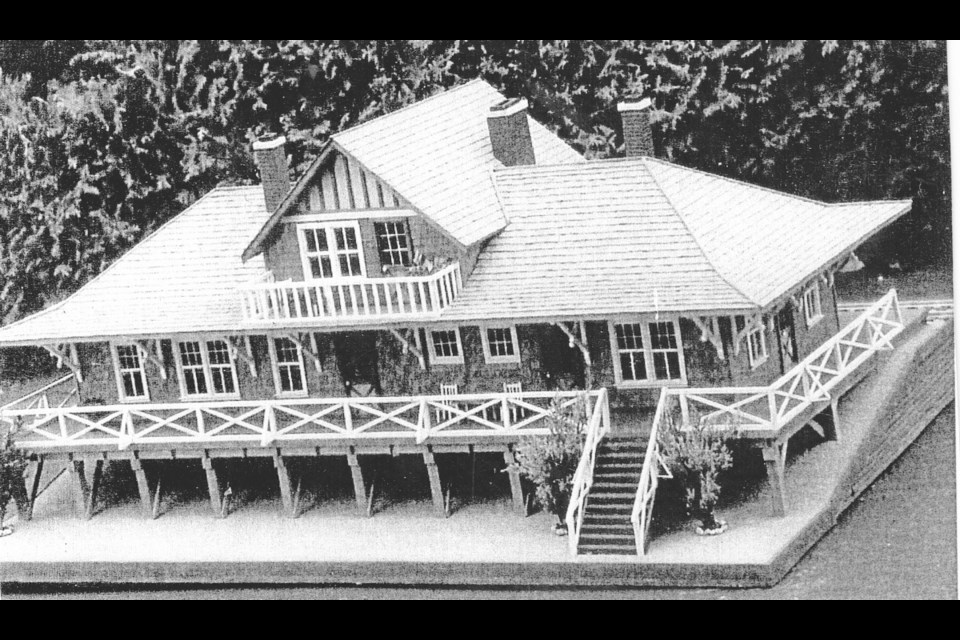In 2016, a new connecter Coombs-Parksville rail trail was created in celebration of the 130th anniversary of the Esquimalt & Nanaimo Railway, which was originally a business venture of Robert Dunsmuir.
Dunsmuir was the Nanaimo-Cumberland coal baron who built Craigdarroch Castle in Victoria for his wife, Joan, and who had the railway completed as far as his Nanaimo coalfields. After his death, his son James sold the E&N to the Canadian Pacific Railway, and around 1908 the line was extended to Port Alberni in December 1911 and to Qualicum Beach and Courtenay in 1914.
The history of Coombs is closely tied to this railroad.
Walter Ford (who built Coombs’ pioneer three-storey log house and the Coombs General Store) was hired to oversee the clearing of land. As the CPR wanted settlers living along this new line running through the dense forests to the Alberni Valley, they offered land to the Salvation Army, founded by “General ” William Booth in Britain. Cottages were built along the rail line east of French Creek.
At this time commissioner, Thomas B. Coombs was the head of the Salvation Army in sa���ʴ�ý. He was retiring, so he was honoured by having the Salvation Army colony on Vancouver Island named after him. Some of the Coombs Salvation Army Colony farmland is still in evidence being used agriculturally today, along the straight stretch east of the Coombs village.
The Salvation Army was relocating more than a quarter of a million people from the crowded cities of Britain.
Twelve families came to Coombs and as the Salvation Army was so socially active their community was awarded the first government built school in the district, French Creek School, which opened in August 1912.
Also that year a 10-bedroom CPR lodge, the Cameron Lake Chalet, opened and advertised the great outdoors and hiking on the newly completed Mount Arrowsmith Trail. A master model builder, Paul Rozak, has superbly crafted large models of these three historic buildings which are on display at the Parksville Museum. — Sharon Cox-Gustavsonn
